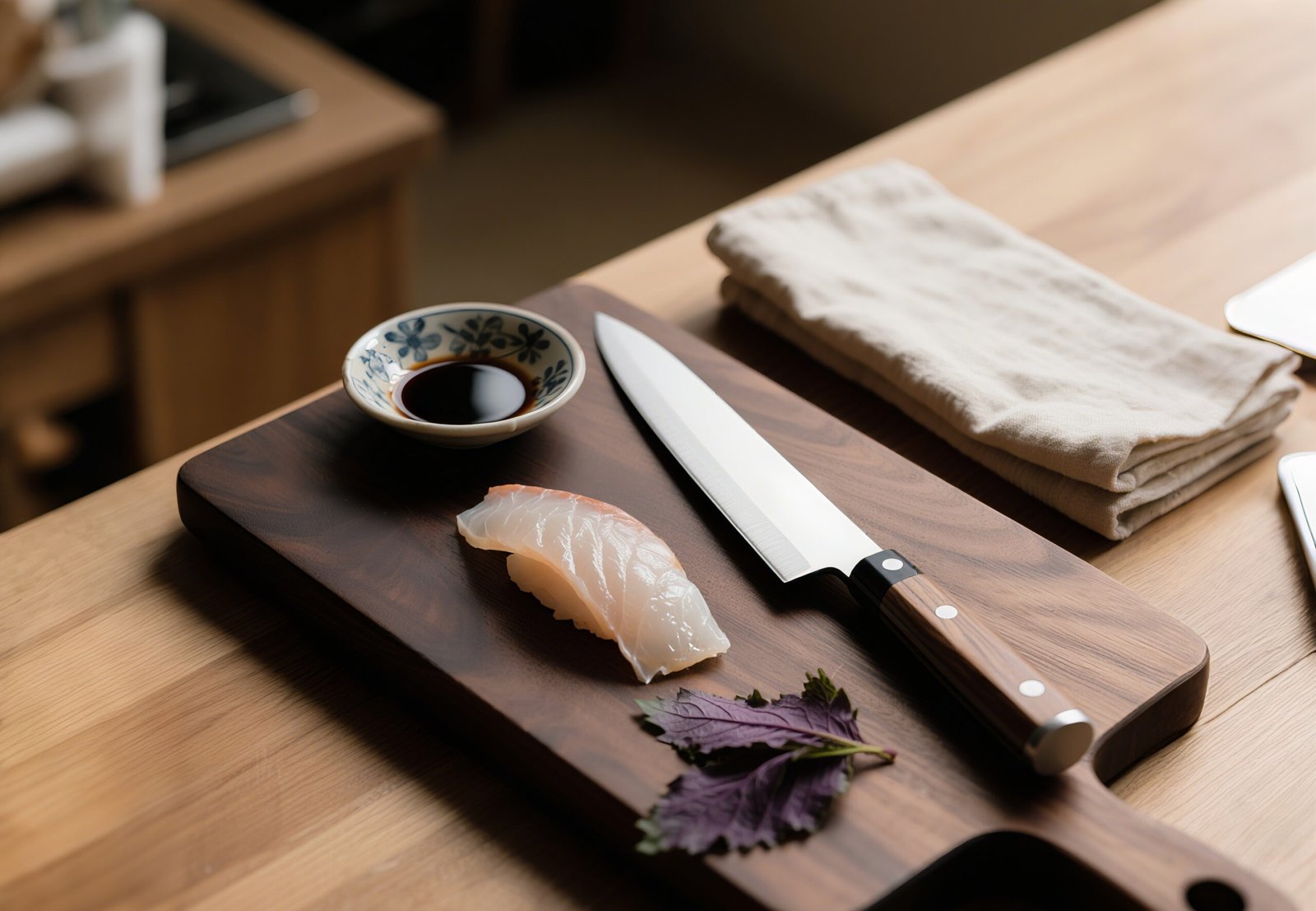Beautiful Plants For Your Interior

When it comes to preparing delicate ingredients — from sashimi-grade fish to tender vegetables simmered in broth — few tools match the finesse and precision of a Japanese kitchen knife. Japanese blades are not just cutting instruments; they are culinary tools designed to respect the texture, structure, and flavor of every ingredient they touch. This philosophy is deeply rooted in Japanese culinary traditions, where presentation and integrity of food are just as important as taste.
So, what exactly makes Japanese knives ideal for such delicate work? Let’s take a closer look.
- Exceptional Sharpness Preserves Texture
One of the most defining features of Japanese knives is their exceptional sharpness. Thanks to their harder steel compositions — such as SG2, VG10, or Aogami (blue steel) — Japanese blades can achieve a much finer edge than many Western knives. This razor-thin edge allows for:
Minimal cellular damage: When slicing soft foods like raw fish, tofu, or ripe tomatoes, a dull blade compresses and tears the fibers. A sharp Japanese knife glides through cleanly, preserving structure and moisture.
Clean presentation: Think of sashimi — one jagged edge can ruin the smooth, translucent surface of a tuna slice. Japanese knives ensure cuts as beautiful as they are precise.
- Single-Bevel and Specialized Designs for Targeted Precision
Many traditional Japanese knives, such as yanagiba or usuba, feature a single-bevel edge (sharpened only on one side). This unique geometry is not only sharper but also allows chefs to:
Make ultra-thin cuts for garnishes or sushi toppings
Achieve clean release from the ingredient, especially sticky foods like daikon or salmon
Create decorative slices for artistic plating
Even double-bevel knives like gyuto (Japanese chef’s knife) or santoku are designed with thinner blades and narrower edge angles (typically 12–15° per side) compared to Western knives, enabling better control over delicate cuts.
- Lighter Weight and Balanced Control
Japanese knives often feature a more slender profile and lighter weight, making them easier to maneuver when working with fragile ingredients. Whether you’re:
Peeling a delicate poached pear
Trimming herbs without bruising
Preparing soft proteins like sole or sea bream
…the balance and responsiveness of a Japanese blade help you cut with intention and fluidity, rather than force.
- Blade Shapes for Specific Delicate Tasks
Japan’s knife culture emphasizes specialization over generalization. For delicate tasks, different knife shapes offer unique advantages:
Knife TypeIdeal ForYanagibaLong, single-bevel; perfect for slicing sashimi or fish fillets in one smooth motionUsubaFlat, rectangular blade for thin vegetable cuts and decorative workPettySmall utility knife for precise trimming or peelingDebaThick yet precise, ideal for breaking down fish without crushing the fleshSantokuMulti-purpose but great for slicing, dicing, and mincing soft veggies and boneless meats
- A Culture That Values Ingredient Integrity
Japanese cuisine is built on a deep respect for nature’s ingredients. Whether it’s the translucency of sashimi, the cleanness of a julienned daikon, or the perfect cube of silken tofu, presentation and texture matter. This culinary philosophy is reflected in the very design of Japanese knives:
They are tools to honor the food, not overpower it
Every cut is intentional, clean, and respectful
Mastery of knife technique is seen as a form of culinary art
By using the right knife, the chef becomes an extension of the blade — working with the ingredient, not against it.
Final Thoughts
From sushi to soups, Japanese knives offer unmatched performance when it comes to delicacy, precision, and elegance. Whether you’re an experienced chef or a passionate home cook, investing in a high-quality Japanese blade allows you to elevate your cooking, not just by improving results, but by transforming your relationship with ingredients.